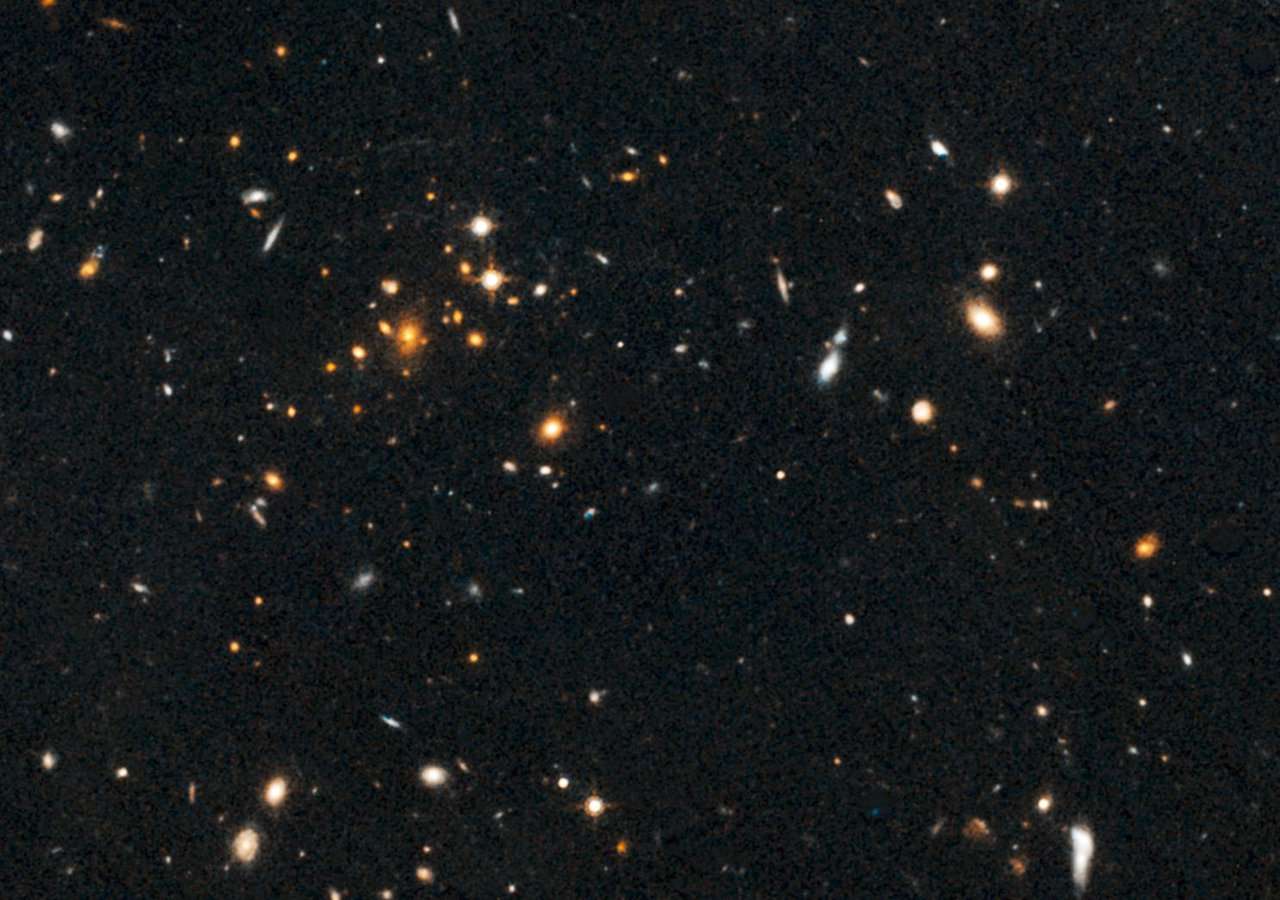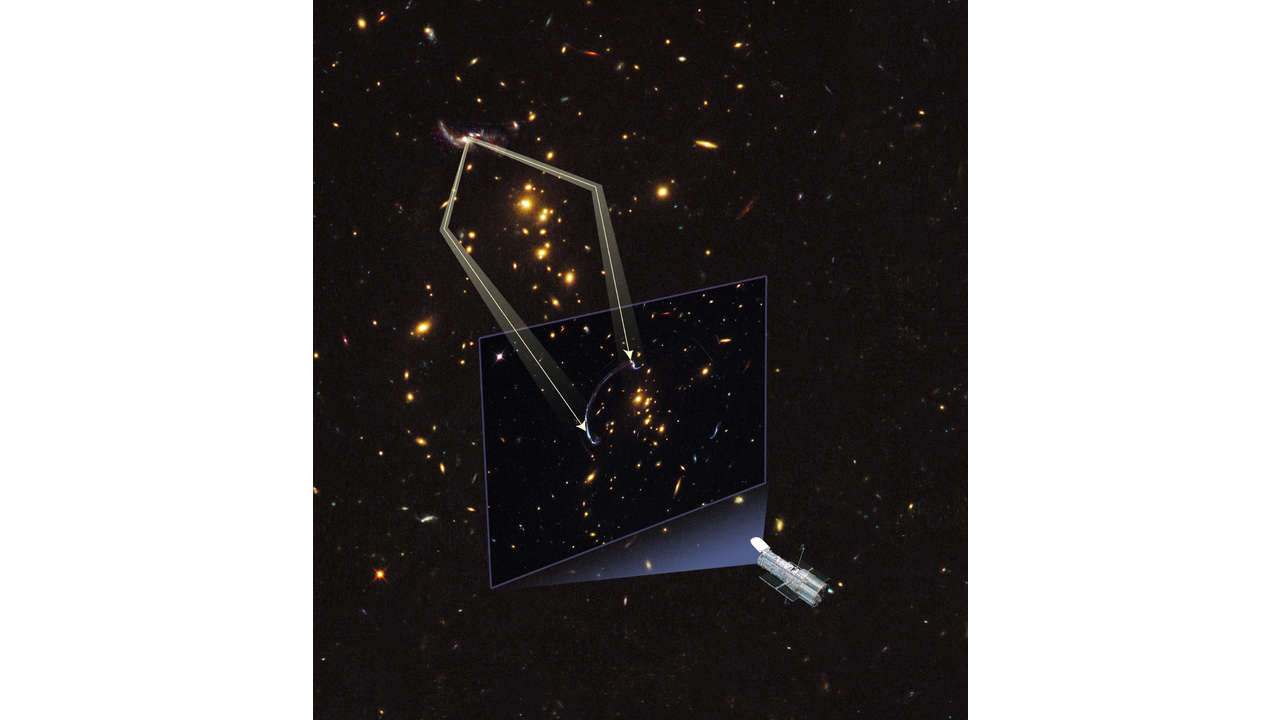Create a free profile to get unlimited access to exclusive videos, sweepstakes, and more!
Mysterious arc in the depths of space technically shouldn’t be there, but it is

It isn’t aliens, but something bizarre has surfaced in the depths of space, and it should have never existed.
Looking 9.2 billion years back in time revealed a structure so bizarre that scientists are now questioning an anomaly in space. The Giant Arc is exactly what it sounds like — a stretch of starry galaxies 3.3 billion light years across and 330 billion light years wide — would have still been hiding in the dark if quasars out there had not shed light on it. The problem is that the theoretical limit for gargantuan structures in space is only about a third of that.
Researcher Alexia Lopez of the University of Central Lancashire had been studying quasar data when she realized there was something in the constellation of Boötes that was a lot more massive than anything there, and any other known structure in the universe. She and her research team recently presented their findings at the 238th meeting of the American Astronomical Society.
“I don't think we fully realized just how impressive the Giant Arc would turn out to be,” Lopez told SYFY WIRE in an interview. “Visually it appeared very intriguing, but it wasn't until we began running the statistical tests that we were able to appreciate the significance of the Giant Arc.”
Quasars are some of the brightest objects in the universe at nearly 100 times brighter than the galaxies they blaze in. Supermassive black holes that are over a billion solar masses are thought to fuel them, but quasar light comes not from the black hole itself, from which light cannot escape but its accretion disc, which is full of glowing star stuff. The dust and gas slowly swirling around a black hole is subject to friction and produces an immense amount of heat and light that powers a quasar.
Because quasar light is so intense, it can be observed from Earth, even if it passes through other galaxies before making it to the Milky Way and especially our planet. This light absorbs a certain wavelength of light on its way over that gives it an “absorption fingerprint” for observers on terra firma.
Lopez was looking through data from some 120,000 quasars in the Sloan Digital Sky Survey and the absorption fingerprints of about a third of them. They revealed dim galaxies and galaxy clusters that had never been detected before. Lopez saw something was taking shape.
“Due to the plethora of data covering a third of the sky, we were able to map the position of MgII absorption systems, whose spectra have a distinct absorption lines,” she said. “We could therefore map the low-luminosity galaxies and galaxy clusters that we wouldn’t have seen before.”
These previously unkown expanses of stars started to form a pattern until the research team realized they were seeing a megastructure. How this monster formed is a mystery. Neither Lopez nor her colleagues know for sure how it formed, but its existence would have to turn the Cosmological Principle on its head. The Cosmological Principle is the idea that the physical aspects of the universe the same when viewed from anywhere, and made of the same kind of stuff throughout. We should be seeing the same objects no matter where we aim our telescopes. The Giant Arc basically smashes that, but can you really dismantle something that has never been proven?
If the Cosmological Principle really holds up, that means the laws of physics should be universal. Megastructures in the universe, like the Giant Arc and the Sloan Great Wall of galaxies and clusters oppose that. More of these space beasts have been showing up in observations recently. Lopez believes that it may have broken the rules if the early universe allowed for matter to clump.
“Right now with our current standard model, it is hard to explain how the Giant Arc could have formed,” she said. “Its discovery can create a need to look into alternative cosmological models and for alternative theories. Both of these outcomes are important for making progress on understanding our universe.”















